TPW TV–Blanco River Recovery
Thursday, March 7th, 2019This is Passport to Texas
When a forty-foot wall of water thundered down the Blanco River on Memorial Day weekend of 2015, it claimed 13 lives, destroyed hundreds of homes, and ravaged the land along the banks. The recovery process for humans and nature continues.
The flood of 2015 caused massive devastation to the Blanco River landscape, there was a loss of a lot of vegetation, a lot of trees, a lot of soil scour, and what we see here is an eco-system in recovery.
Ryan McGillicuddy is a Texas Parks and Wildlife conservation ecologist with Inland Fisheries.
Healthy native stream-side vegetation provides a number of ecological functions including bank stability, because its roots are deep and strong. It also provides a water quality function by filtering run-off and pollutants, but also, importantly, this healthy stream-side vegetation is also an extreme benefit to our fish and wildlife populations.
Healthy stream-side vegetation benefits our fish and wildlife populations, including the Guadalupe Bass. At one time this fish had been pushed completely out of the Blanco River system by non-native small mouth bass. But through management and restocking, it’s rebounding.
We’ve been able to document that the fish that we’ve stocked are now reproducing in the wild, so it’s been a pretty remarkable success story.
Experience the story of the recovery of a community, a river and wildlife on the Texas Parks and Wildlife TV series the week of March 10 on PBS.
The Sport Fish Restoration Program supports our series.
For Texas Parks and Wildlife…I’m Cecilia Nasti.
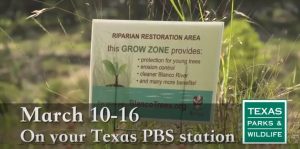

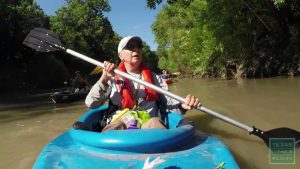
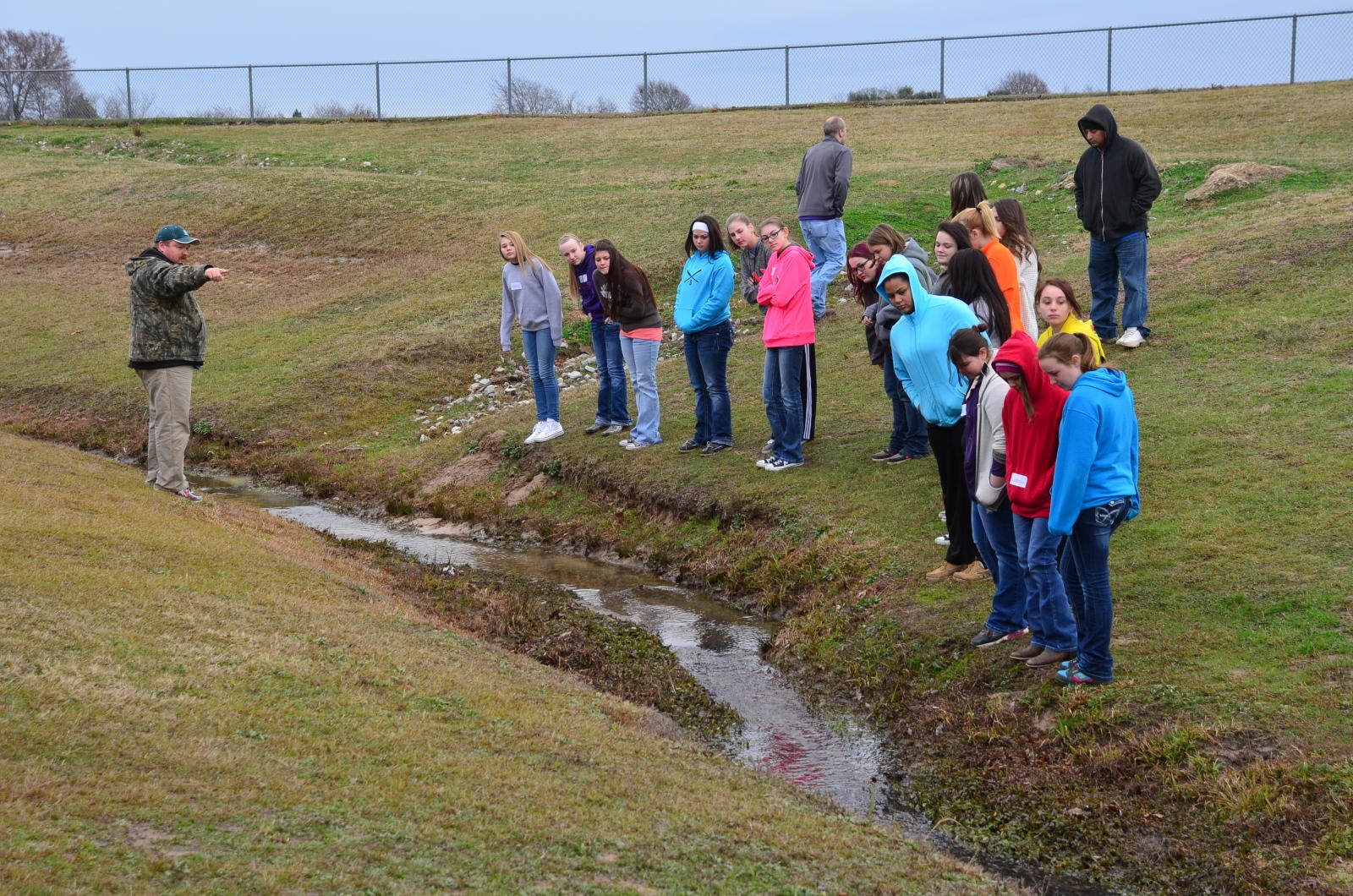
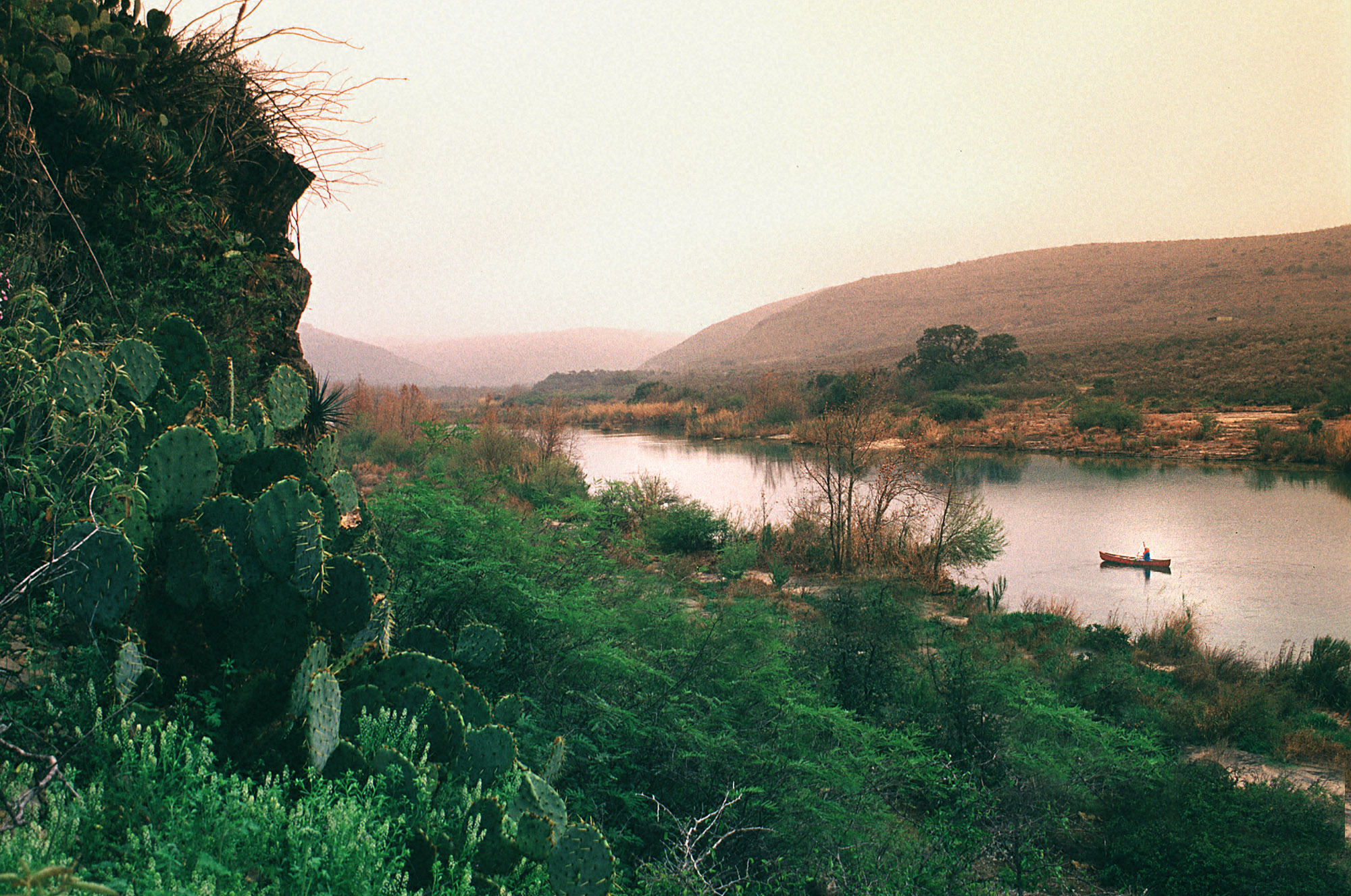
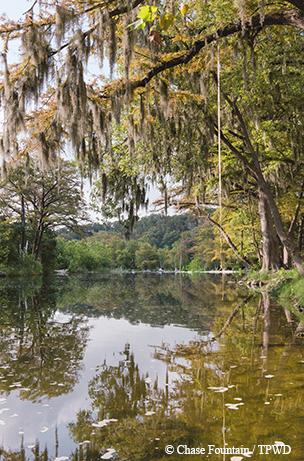

 Passport to Texas is a
Passport to Texas is a  Passport to Texas is made available by:
Passport to Texas is made available by: